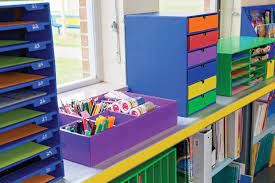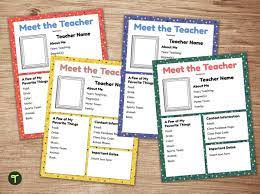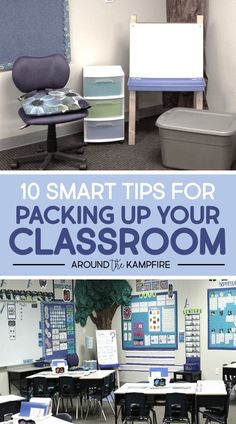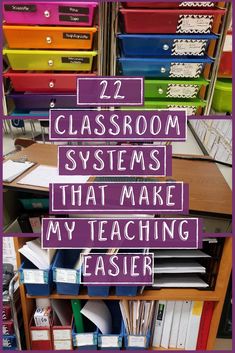Effective classroom displays are not just decorative elements; they are essential tools for enhancing student learning and engagement. Here are 4 tips for creating impactful classroom displays:
1. Align with Learning Goals: Every display should have a clear purpose and relate directly to what students are expected to learn. Whether it’s a bulletin board showcasing current curriculum topics or a display of student work, connecting the visual elements to educational objectives reinforces the material and provides students with a reference point for their learning.
2. Make It Interactive: Interactive displays invite students to become participants rather than just observers. Consider creating displays that encourage student input, such as a question of the week board or a chart where students can post their predictions about a story or experiment. This not only makes learning more engaging but also caters to different learning styles.
3. Keep It Organized and Clutter-Free: A cluttered display can be overwhelming and difficult to decipher. Use clear headings, borders, and consistent layouts to ensure that information is easily accessible. Leave enough space between visual elements to allow each part of the display to stand out. Students should be able to focus on the key messages without being distracted by too much information or disorganization.
4. Refresh Displays Regularly: Classroom displays should evolve with the unit of study and reflect the progression in the curriculum. Regularly updating displays keeps them relevant and maintains student interest. It’s also an opportunity to showcase excellent student work, celebrate achievements, and keep everyone informed about upcoming lessons or events.
Implementing these tips will help create an engaging classroom environment where displays serve not just as decoration but as integral components of the educational process, enhancing both teaching and learning experiences.











